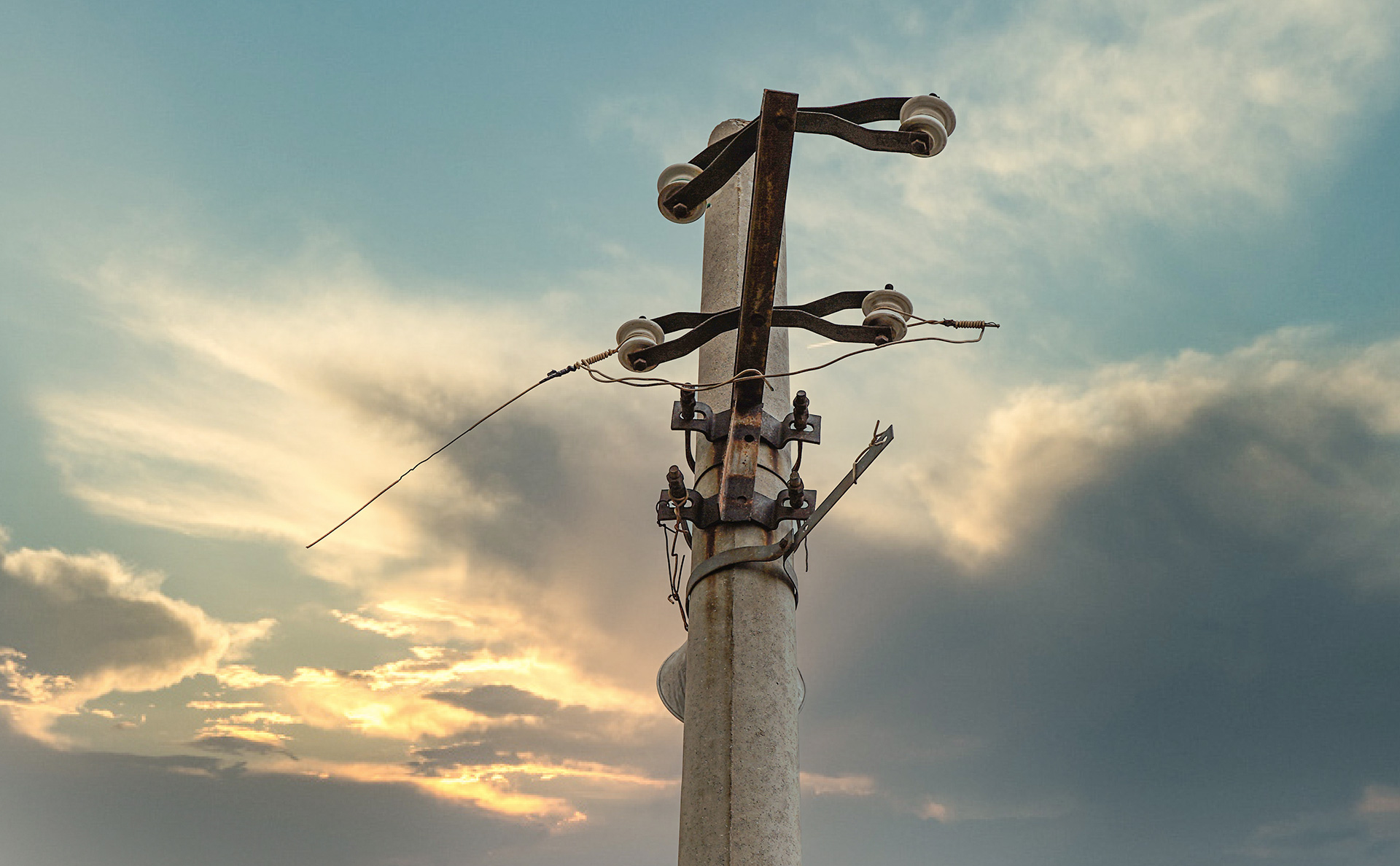


|
||
|
||

A recent article in the Wall Street Journal discusses the possible contamination of copper telephone cables with outer lead sheathing. I’m not linking to the article because it is behind a paywall, but this is not a new topic, and it’s been written about periodically for decades.
The authors looked at locations around the country where lead cables are still present around bus stops, schools, and parks. The article points out that lead cables are still hanging on poles, crossing bridges, buried beneath rights-of-ways, and underwater.
Let’s start with a bit of history. Telephone cables with lead outer sheathing were produced and widely used starting in 1888. This was before we understood the dangers of lead in the environment, and lead was also widely used in paint, water pipes, and other materials used in daily life. Western Electric was the manufacturer of telephone cables for AT&T, and from what I can find, the company stopped making lead cables in the late 1940s. Lead cables were first replaced with cables using plastic sheaths and paper insulators. Starting around 1958, the industry transitioned to cables with polyethylene insulation.
I remember when I was first in the industry in the 1970s that there was already a movement to remove and replace lead cables whenever there was a network upgrade to aerial cables. Many small telcos I worked with slowly replaced lead cables as part of routine upgrades and maintenance. But it’s a different story for the big telcos because starting in the mid-1980s, the big telcos made a decision to stop upgrading or even maintaining copper cables—what was in place stayed in place.
Even where the big telcos like AT&T and Frontier are building fiber today on poles, they keep the old copper wires. The lowest cost way to build fiber is to lash the fiber onto existing telephone cables. In most neighborhoods, the telcos add fiber and cut the copper cables dead. But those dead copper cables will easily be expected to now stay on poles for another fifty or more years.
I’ve never heard of any telephone company that has tried to retrieve buried telephone cables at the end of economic life. The cables are cut dead and abandoned underground. The idea of digging lead cables out of the ground sounds unrealistic since doing so will invariably disturb and break water, gas, electric, and telecom lines.
I’m also not surprised that the Wall Street Journal found lead cables crossing under bodies of water for the same reasons—the cables were likely cut dead and left in place. I can’t imagine the process of retrieving abandoned underwater cables—cables are laid with the help of gravity, but it’s hard picturing getting enough leverage to pull dead cables out of the water.
Telecompetitor wrote an article that quoted an estimate by New Street Research that says it might cost $60 billion to remove lead cables. I doubt that anybody has the facts needed to estimate this cost, but it points out that it would be extremely expensive to get lead cables out of the environment. I doubt that anybody even knows the location of most abandoned buried cables. It’s likely that the old hard-copy blueprints of copper networks are long forgotten or lost. It would be particularly expensive to remove lead cables that are now being used to support fiber networks—that would mean moving the fiber cables to a new messenger support wire.
The WSJ article seems to have been the catalyst for a drop in the stock value of the big telcos. The Telecompetitor article implied that the cable replacement cost is so high that it could kill the willingness of the big telcos to participate in BEAD grants.
When the WSJ article first hit, I assumed this would make a loud noise for a few weeks and would quickly fade away, as has happened every decade since the 1960s. But in this day of social media and sensationalism, there is already talk of having the EPA take up the issue. Even if that happens, there will be huge push-back from the telcos, and it will likely take many years before the remaining lead wires are removed. The public should be comforted to know that the vast majority of copper cables on poles are not covered with lead—only cables built from the 1950s or earlier. The bigger concern is probably underground and underwater cables, and those have probably already been in place for at least seventy years.
Sponsored byIPv4.Global

Sponsored byVerisign

Sponsored byDNIB.com

Sponsored byCSC

Sponsored byVerisign

Sponsored byRadix

Sponsored byWhoisXML API
